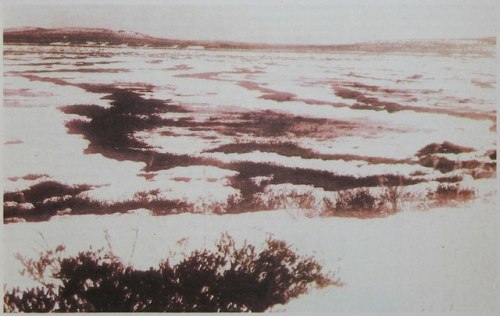unexplained-events: The Tunguska Event The Tunguska event refers to a large explosion(believed to be
unexplained-events: The Tunguska Event The Tunguska event refers to a large explosion(believed to be caused by an asteroid or comet) that occurred near the Podkamennaya Tunguska River in Yeniseysk Governorate (now Krasnoyarsk Krai), Russia, on the morning of 30 June 1908. The explosion flatted 770 sq miles (2000 sq km) of forest and is considered the largest impact on Earth in recorded history. The really interesting thing is that even though this is considered an impact event, there was no impact crater. The explosion decimated 80 million trees and roughly 3 people died. In the 1960s, it was established that the zone of leveled forest occupied an area of 2,150 km sq (830 sq mi), its shape resembling a gigantic spread-eagled butterfly with a “wingspan” of 70 km (43 mi) and a “body length” of 55 km (34 mi). While there is no confirmed theory behind what caused this, the geophysical hypothesis is that it was caused by an impact of a small asteroid that disintegrated before it made impact and that the air burst of that impact caused this. SOURCE -- source link

